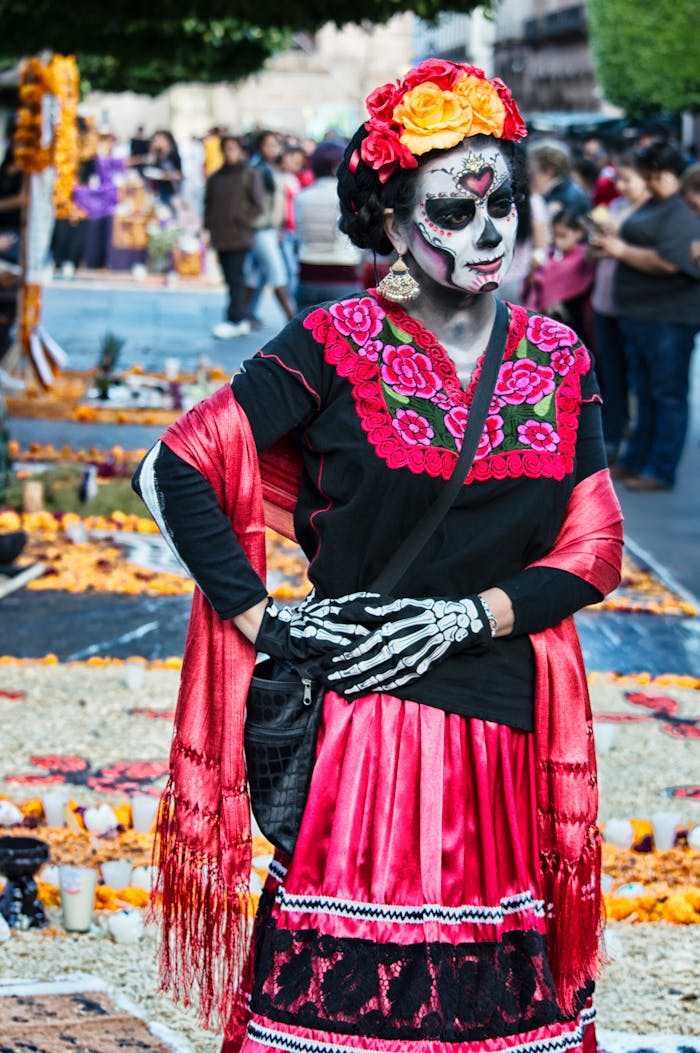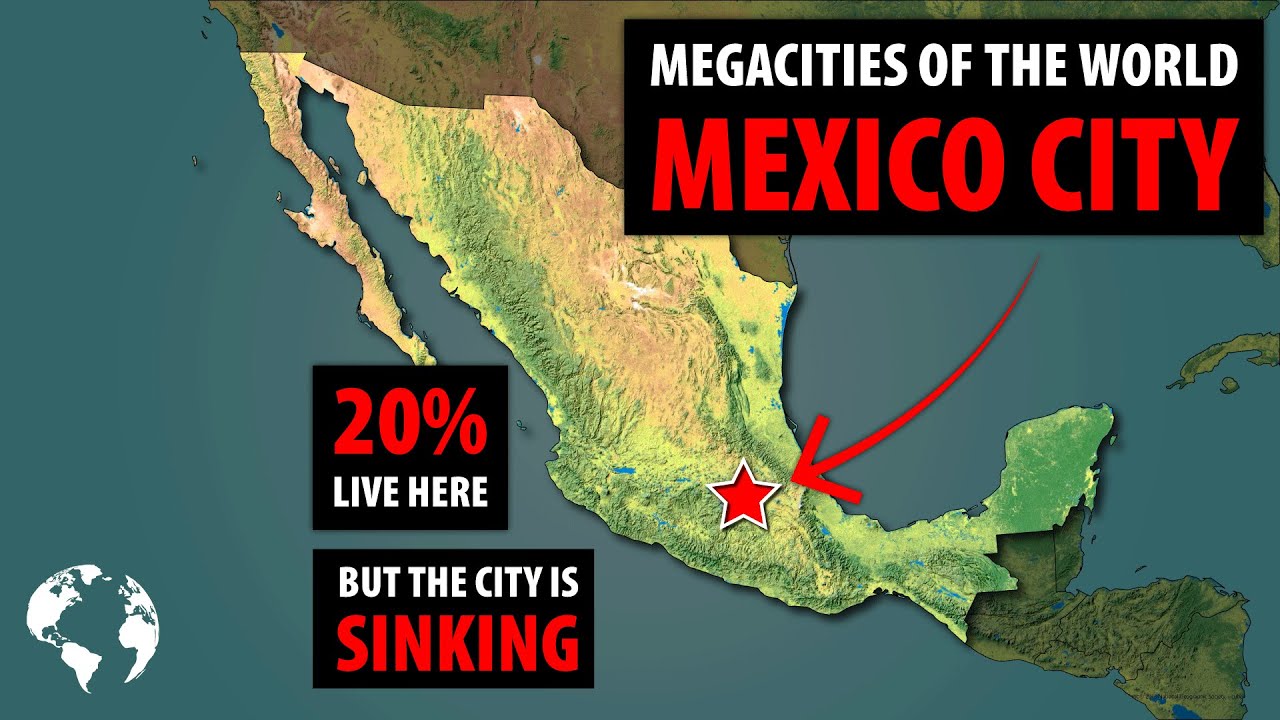Discovering Mexico City’s Record High Temperatures
Mexico City, a sprawling metropolis steeped in rich history, is also known for its unique climatic patterns. While generally enjoying a mild, high-altitude climate, recent years have seen a remarkable uptick in the city’s temperatures. In an unsurprising turn of events given global warming trends, Mexico City has experienced some of the highest temperatures on record, transforming the travel experience in this vibrant capital.
Heatwaves have become more frequent, urging travelers to prepare for hotter days, especially during the typically warm months from March to May. The city’s record high, a sweltering 33.9°C (93°F) was noted in recent times, signaling a shift that both locals and visitors must adapt to. As the mercury rises, so does the need for sun protection, hydration, and well-planned itineraries that allow for the midday heat.
In response to these higher temperatures, Mexico City has adapted its tourist facilities to ensure comfort and safety for visitors. Air-conditioned museums, galleries, and public transport options have become sanctuaries from the midday sun. Moreover, the city has seen an increase in green spaces and shaded areas, offering respite for those exploring the rich cultural landscape amidst the heat.
To fully enjoy Mexico City during these warmer periods, many adventure seekers are turning to early morning or late evening excursions. Sunrise tours of iconic landmarks like the Teotihuacan Pyramids, or sunset strolls along the historic Paseo de la Reforma, are becoming popular ways to beat the heat. These cooler parts of the day provide not only comfort but also exceptional lighting for the photography enthusiast.
Despite the rising temperatures, Mexico City continues to be a beacon for travelers seeking adventure. The warmth has brought about novel ways to explore, including an uptick in water-based activities. You can now find more options for swimming, kayaking, and even canal tours in areas such as Xochimilco, providing a fresh perspective on this ever-evolving city.
Understanding Mexico City’s Climate
Embarking on an adventure in Mexico City requires a bit of climatological understanding to make the most of your trip. As a sprawling metropolis located in the Valley of Mexico, also known as the Valley of Anáhuac, the city experiences a subtropical highland climate. This means that despite being situated in the tropics, its elevation of 2,240 meters (7,350 feet) above sea level provides it with a mild climate with cool winters and warm summers.
Seasonal changes in Mexico City are moderate, but they bring about distinct weather patterns. The summer months, running from June to August, are both the warmest and the wettest period of the year. This is due to the mexican monsoon, which brings substantial rain, usually in the form of late afternoon or evening showers and thunderstorms. Travelers looking for outdoor adventures during these months should pack accordingly with rain gear and plan for possible travel disruptions.
Contrastingly, the period from November to February is the driest, with less precipitation and cooler temperatures. The winter season sees days that are pleasant and nights that require a light jacket, especially if you’re venturing out to explore the city’s vibrant nightlife or early morning markets. Despite the cooler temperatures, the skies are often clear and blue, offering stunning views of the surrounding mountains, like the snow-capped volcanoes Popocatépetl and Iztaccíhuatl, on the horizon.
Historical Heat Waves in Mexico City
Mexico City, known for its rich history and cultural landmarks, has not been immune to the effects of global warming. As one of the largest metropolitan areas in the world, it has experienced several intense heat waves throughout history. These periods of extreme heat have not only tested the resilience of the city’s infrastructure but also the well-being of its inhabitants.
One of the most significant heat waves occurred in the late spring of 1998. During this period, temperatures soared to unprecedented levels, making it one of the hottest springs recorded in the capital. Residents recall the sweltering heat that seemed to radiate from the very pavements, while the city buzzed with a palpable intensity as air conditioners and fans worked overtime.
Recent years have not seen a respite, with particularly memorable heat spells hitting the city in 2011 and again in 2017. These periods were characterized by long stretches of time where daytime temperatures peaked well above the average for the season. Public health advisories were commonplace, emphasizing the need for hydration and caution, especially for the vulnerable population.
The heat waves have had a palpable effect on the natural environment as well. Parks and green spaces, such as the iconic Chapultepec Forest, suffered during these times. The normally lush canopies thinned as trees struggled to cope with the lack of water and scorching temperatures, altering the landscape and ecology of these green havens within the city.
Moving forward, it’s clear that adapting to these increasingly frequent and intense heat waves will be critical for Mexico City. Urban planners and public health officials are working together to come up with strategies to cool the city. These include expanding green spaces, improving building materials for better insulation, and promoting public awareness about the risks posed by extreme heat conditions.
What Is the Highest Temperature Recorded in Mexico City?
Mexico City, known for its rich cultural heritage and bustling urban life, also experiences a range of temperatures throughout the year. Weather in Mexico City is generally mild, but the city has seen its fair share of temperature extremes.
Historically, the highest temperature ever recorded in Mexico City soared to an astonishing 33.9°C (93°F). This record-breaking heat event occurred on May 9, 1998, a year that witnessed intense heat waves across various regions of Mexico.
The city’s location in a high-altitude valley, surrounded by mountains, often moderates the temperatures. However, during the spring, warm air can sometimes become trapped, leading to unusually high temperatures for this elevation. It’s during such times that temperature records, such as the one in 1998, can be set.
Residents and visitors alike are often surprised by the intensity of the heat during these peak periods. It’s essential to stay hydrated and seek shade, especially in the midday sun, when the UV index can also be quite high.
While such high temperatures are not the norm for Mexico City, with climate patterns shifting globally, occurrences of extreme weather events may become more frequent. It’s a compelling reminder of the importance of being prepared for a range of weather conditions, even in places known for their mild climates.
Preparation and Safety During Heatwaves
As travel enthusiasts journey to Mexico’s awe-inspiring destinations, being prepared for the soaring temperatures, especially during heatwaves, is crucial. The vibrant sun that blesses the Mexican landscape can be relentless, so proper preparation is key to safeguarding health and ensuring a pleasurable adventure.
Stay Hydrated and Nutrition
Hydration is paramount during a heatwave. Travelers should always carry a refillable water bottle and sip regularly throughout the day. Don’t wait until you’re thirsty to drink water, as thirst indicates that dehydration has already begun. Additionally, consuming fruits and vegetables high in water content, such as cucumbers and watermelons, can aid in maintaining hydration levels and provide essential nutrients that may be lost through sweat.
Appropriate Clothing and Sun Protection
Equipping yourself with suitable attire can greatly enhance your comfort and safety. Light-colored, loose-fitting clothing helps reflect the sun’s rays rather than absorbing them. A wide-brimmed hat and UV-protective sunglasses are indispensable for shielding your head and eyes from intense sunlight. Moreover, never underestimate the power of a good sunscreen; apply a broad-spectrum SPF 30 or higher liberally and reapply every two hours, or more frequently if swimming or sweating.
Plan Activities Wisely
When a heatwave strikes, timing your outdoor activities can make all the difference. Aim to explore in the early morning or later in the afternoon when the heat is less intense. Avoid strenuous activities during the peak sun hours, typically between 10 a.m. and 4 p.m. If you must be out during these times, take frequent breaks in shaded areas or indoors where air conditioning is available. Remember, pacing yourself is essential to prevent heat-related illnesses.
How Climate Change Might Affect Mexico City’s Temperature
As the conversation about global warming intensifies, it’s pivotal to consider how climate change might reshape the temperature landscape of major cities worldwide. Mexico City, with its bustling streets and vibrant culture, is no exception. Historically, the city has enjoyed a temperate climate, but recent data suggest that this could change dramatically in the coming decades.
One of the notable predictions by climatologists is the increase in the frequency and intensity of heatwaves. Mexico City could face prolonged periods of heat, which not only strain the comfort and health of its inhabitants but also put pressure on the city’s infrastructure and resources. This trend is worrisome for a metropolis already grappling with environmental concerns such as air pollution.
Alongside rising temperatures, Mexico City’s unique geographical features contribute to a phenomenon known as the “urban heat island” effect. This effect causes urban centers to become significantly warmer than their surrounding rural areas, primarily due to human activities. As climate change exacerbates this issue, we could witness a sharp increase in average temperatures within the city, leading to a marked shift in the local climate pattern.
Variations in seasonal temperatures are expected as well. While winters in Mexico City might become milder, summers could become excessively hot, and the shoulder seasons—spring and fall—may show altered temperature patterns. Such unpredictability in weather can disrupt the natural ecosystem, agriculture, and the overall livability of the city. Mexico City’s ancient canals and water systems, already under distress, might face new challenges in managing the city’s water supply amidst fluctuating temperatures.


